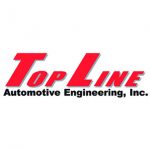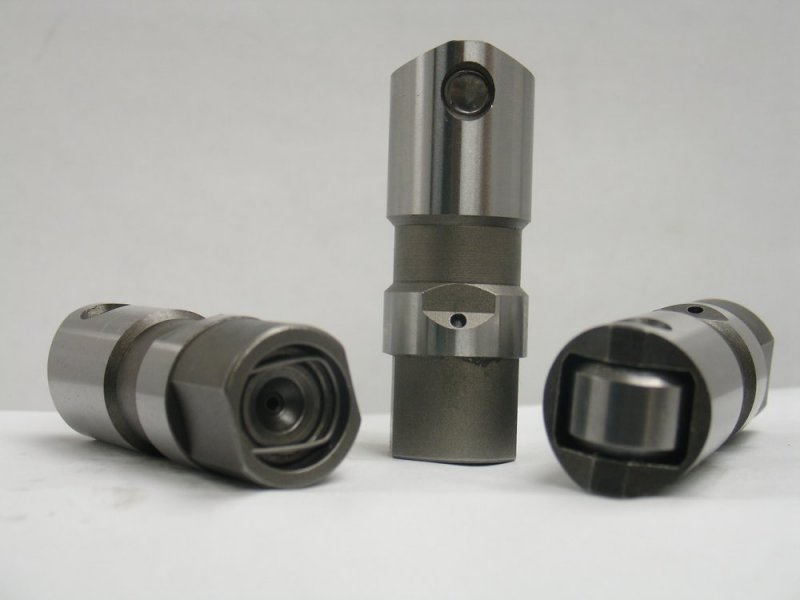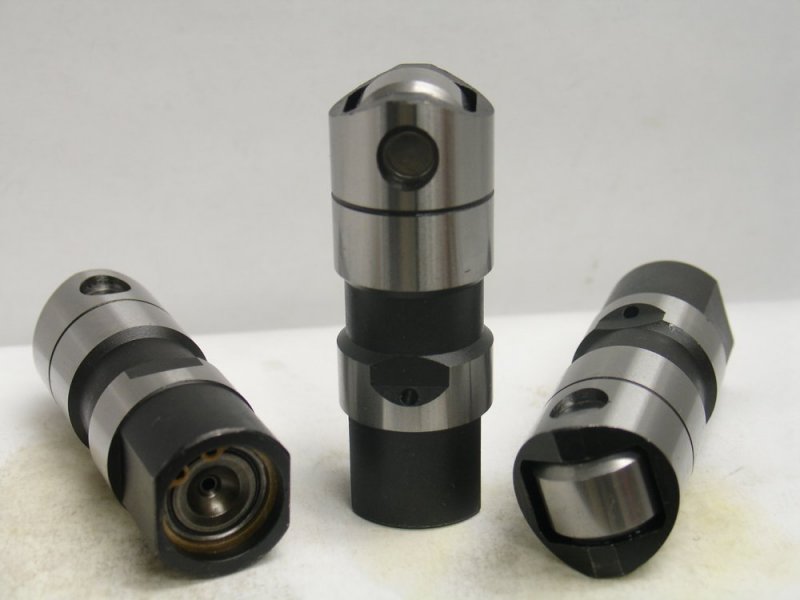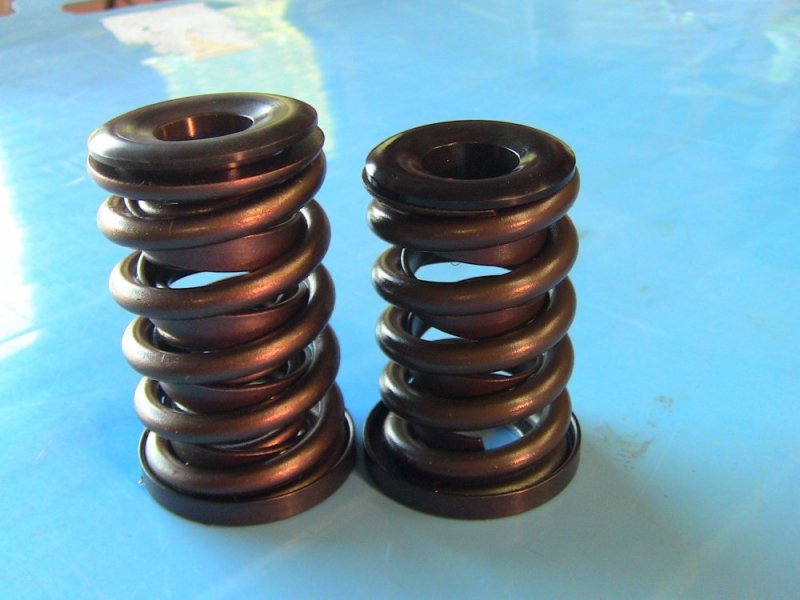Just wondering if anyone has used "slow bleed" lifters in these motors ?
I have used them in the past in hot gasser builds and race motors, I know they are a common thing and not really new but they have come a long way in the past few years...
I have a set on the way, they aren't cheap, so I doubt anyone has used a set in these motors. I'll post a link so those that may not know about them can learn if they want to...
The short version is they are a HD very close tolerance lifter that acts like a mechanical lifter but is still hydraulic... They allow full cam lift throughout the rpm band without loosing lift from the lifter bleeding down during the lifting motion and provides oil just like a normal lifter would...
The ones I purchased have a .012" hole that feeds pressurized oil directly to the needle bearings, the stock type depend on oil splash to the roller...
And in case ya didn't know, the 7.3 powerstroke uses the same lifter our motors do.....
 toplineauto.com
toplineauto.com
I have used them in the past in hot gasser builds and race motors, I know they are a common thing and not really new but they have come a long way in the past few years...
I have a set on the way, they aren't cheap, so I doubt anyone has used a set in these motors. I'll post a link so those that may not know about them can learn if they want to...
The short version is they are a HD very close tolerance lifter that acts like a mechanical lifter but is still hydraulic... They allow full cam lift throughout the rpm band without loosing lift from the lifter bleeding down during the lifting motion and provides oil just like a normal lifter would...
The ones I purchased have a .012" hole that feeds pressurized oil directly to the needle bearings, the stock type depend on oil splash to the roller...
And in case ya didn't know, the 7.3 powerstroke uses the same lifter our motors do.....
Lifter Basics – Topline Automotive
 toplineauto.com
toplineauto.com



